Top 8 Yogic Guidelines for Conscious Self Development
When you think about yoga today, you think of slim, non-disabled white women wearing tight brand-name yoga pants. Yoga as a workout is problematic because it ... read more...is hurtful to those of you who live outside of India to have your culture marketed, watered down, and exploited solely for cosmetic purposes. Yoga's usage as a tool within a colonial goal, on the other hand, is arguably far worse. So, how do you deal with all of this? You must begin by pledging to study about the history of yoga and to choose a practice that promotes universal liberation. Learning the eight limbs of the yogic guidelines for conscious self development and applying them to your daily life is an excellent place to start.
-
The first yogic guidelines for conscious self development is yamas. Yamas are the principles that teach you how to treat others and the world around us. These include:
Ahimsa (non-harming): This principle refers to acting in a way that promotes growth and adds to the vitality of the environment. In this way, yoga and activism are intertwining mindsets. Ahimsa at work in the collective is social justice, which works to uplift and liberate all people from harm. This concept focuses on treating and caring for others as though they were an extension of ourselves.
Asteya (non-stealing): This principle is not as literal as simply “do not take material items from others.” It’s about respecting other folks’ energy, time, and resources. In order to practice Asteya in personal relationships, you must create and honor boundaries. We carry sexual energy within your, and yoga asks that rather than spreading it in many directions without thought, you mindfully use it in ways that align with the rest of yoga philosophy. It has been said that greed is the root of all evil. Greed stems from a scarcity mentality. This results in individuals holding on too tightly to wealth, material items, and people, which perpetuates harm.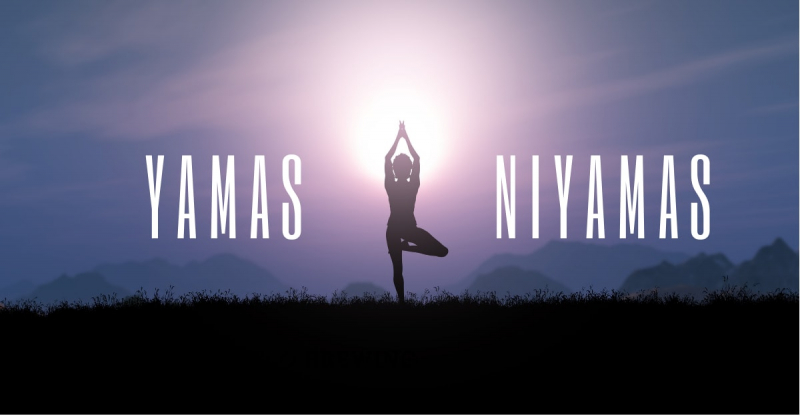
Source: rishikeshyogisyogshala.org 
Source: bergreenphotography.com -
Niyamas are the second yogic guidelines for conscious self development the standards by which you should practice self-discipline:
Saucha (cleanliness): Although gurus and yoga scripture do recommend bathing regularly, eating clean, and keeping one’s space clean, this tenet also refers to having pure and positive thoughts about yourself and others. When you are clean in the mind, you become clear channels for the divine to enter you. You must practice the ability to feel completely content with the way everything is right now at this very moment. The saying is that practice makes perfect, and the reason for this is because repeated effort yields mastery of that which you are attempting to learn.
Svadhyaya (self-knowledge): The Bhagavad Gita says, “Yoga is the journey of the self, through the self, to the self.” Yoga is meant to be a process of direct inquiry into our internal world. The more you dive inward, the more you can learn about the infinite nature of our consciousness. This yogic tenet is often forgotten in the Western view of yoga as a workout because so much of it is externalized: you wonder how we look in a posture, if you are thin enough, or feel the need to compete with others in class. The first step to recovery is to surrender to a higher power. The reason this is so medicinal is because it allows us to let go of the need to control everything.

Source: Pinterest 
Source: YouTube -
In the third rank in yogic guidelines for conscious self development is Asana. Asana is the practice of the yoga postures. Patanjali was an ascetic who subscribed to the liberation model of yoga. That’s a long conversation for another day, but suffice it to say that the body wasn’t important to Patanjali. Patanjali taught the physical practice of yoga as movements that are meant to be done with ease and joy. He taught that it’s important to take your time with each pose, and move from posture to posture fully present by focusing the mind on the breath.
Yoga as a workout can be dangerous since it pushes pupils beyond their limits, which can lead to injury. According to the sutras, yoga should be practiced in a relaxed condition with the goal of connecting oneself to one's body and combating mental dualism. Asana practice on a daily basis promotes physical and mental well-being.
Is this to say that yoga asana is any less valid than conventional yoga? No, because no matter how you come to yoga, you'll have the chance to observe things, and it's when you do that that it gets interesting. It's not so much what you do as it is how you do it in yoga. The objective of yoga is to move with consciousness. We have that option with yoga asana.
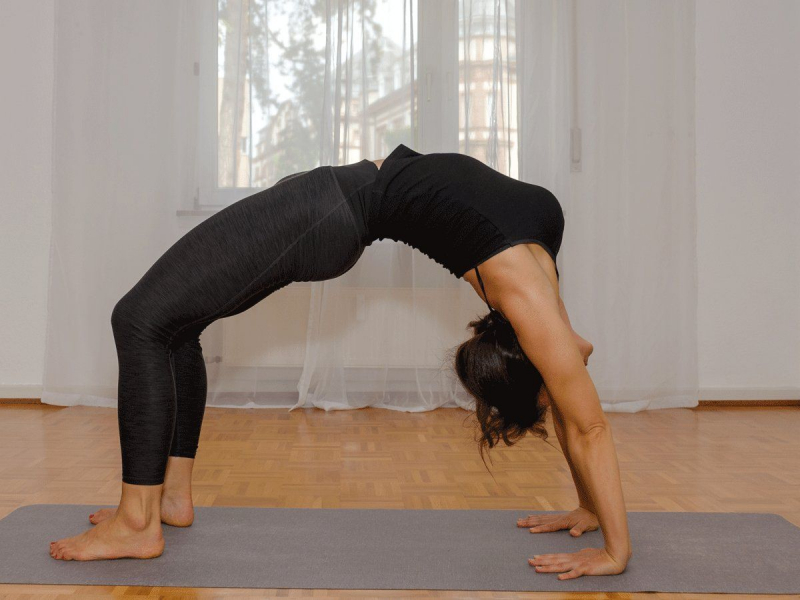
Source: TIMES NOW 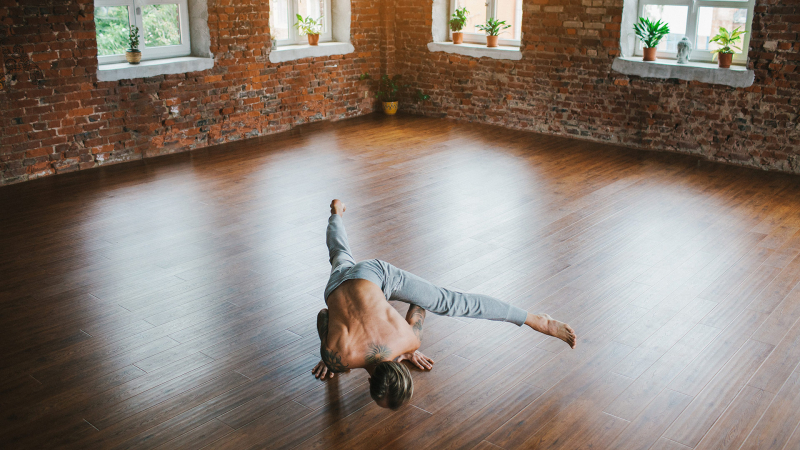
Source: Yoga International -
Pranayama, the combined form, loosely translates to "breath control." It's a yoga practice that involves using certain techniques and exercises to regulate your breathing. Through a combination of breathing, exhaling, and holding the breath, the goal is to relax the mind and body. Yoga theory states that breath is the way we take in and interact with the subtle life force energy that surrounds us. When we’re able to make breathing a mindful practice, we’re able to invigorate our bodies with this life force and change the way that our central nervous system reacts to stress.The original formula for breath control is a 1:4:2 ratio. Inhale (Purak, in Sanskrit) for 1 second, retain the breath in the body for4 seconds (Kumbhak, in Sanskrit) and exhale for 2 seconds (Rechak, in Sanskrit). Advanced breath work also incorporates different bandhas (binds) in the body. If you seek to learn more about these binds, please do so with a professional yoga teacher who is well versed in this type of instruction.
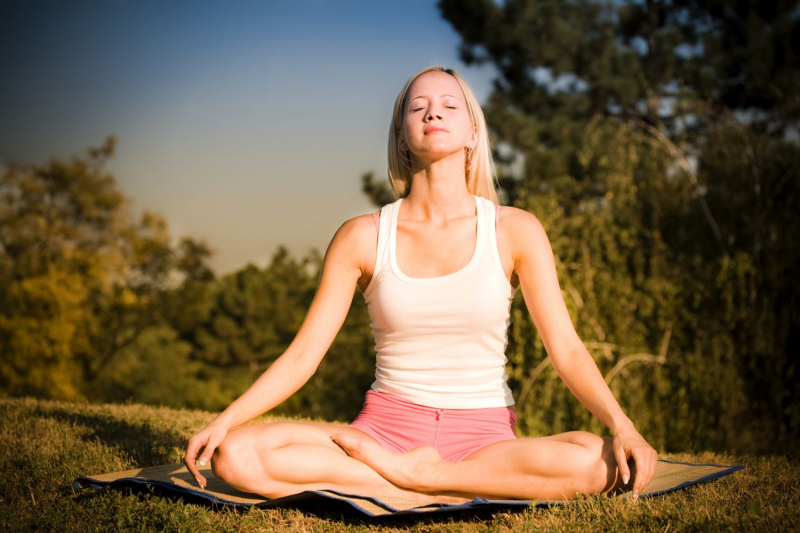
Source: Black Hair 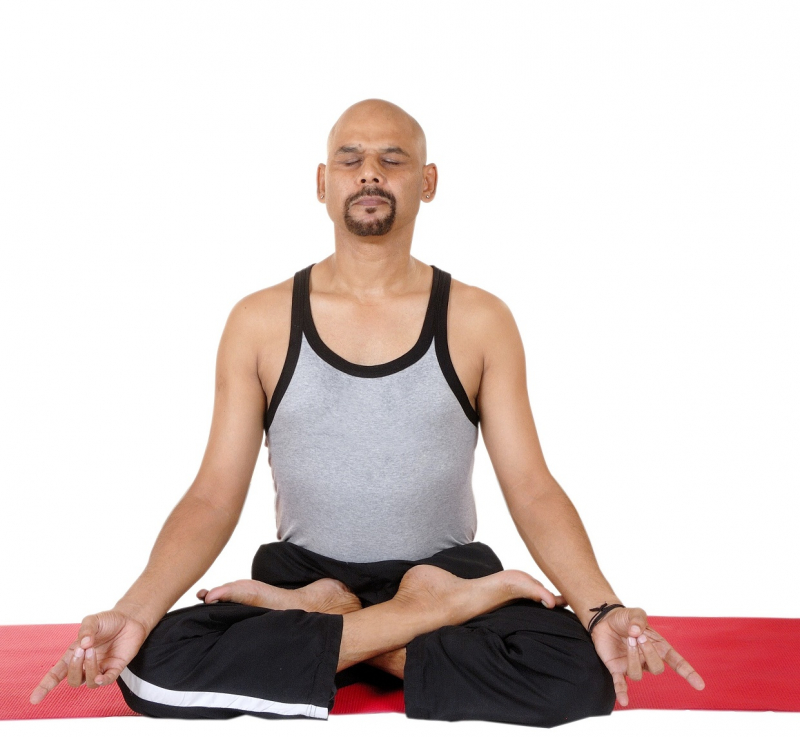
Source: anmolmehta.com -
Pratyahara is the fifth step or limb, which is characterized as "the intentional withdrawal of energy from the senses." This limb perplexes almost everyone who practices yoga. Pratyahara is a sense of withdrawal. This technique teaches you the way to journey inward and find ultimate peacefulness. The Bhagavad Gita, an ancient Hindu scripture, says your senses are likened to a boat on water. Each time the five senses are enraptured with external objects, the boat is swayed by the tumultuous waves of sense perception.
When you cut our senses off from the external world, you are able to dive within ourselves to the vast universe that lies inside. You find this practice to be another revolutionary act in the world we live in today. Each time you sit with ourselves and curiously inquire within, you combat the harmfulness of constant externalization of the mind via social media, the news, and consumerism. The easiest way to practice pratyahara is to close your eyes while practicing asana.

Source: YouTube>Yoga for Creativity 
Source: Yoga International -
In astrology, Dharana Yoga is one of the most sought planetary combinations that everyone wants to know about. Dharana denotes wealth in Sanskrit, while Yoga implies combinations or addition in Sanskrit. Dharana means concentration. Single, pointed focus of the mind aids in deep meditation. You may choose to look at a candle, a deity statue, or another unmoving object during meditation in order to train the mind in this way. Once the mind has learned focus during meditation, you can take this type of concentration into our daily lives.
When you are able to do a task and focus all of our energy on it, you’re able to perform it well and with care. Media today trains the mind to only focus for short stints of time, and to be constantly multitasking. It’s important to practice dharana to live in a mindful way. Without Dharana yoga in your birth chart, it is hard to acquire an abundance of money. You'd want to define wealth first before going into detail about Dharana yoga in astrology.
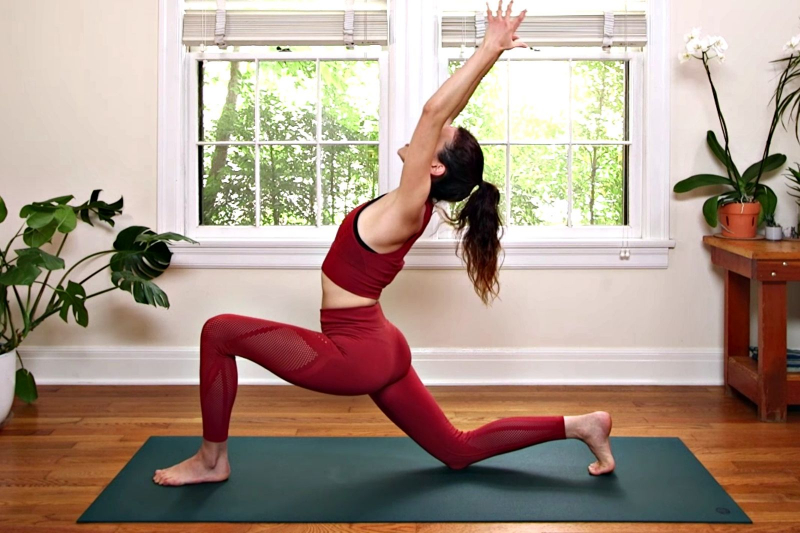
Source: blog.sivanaspirit.com 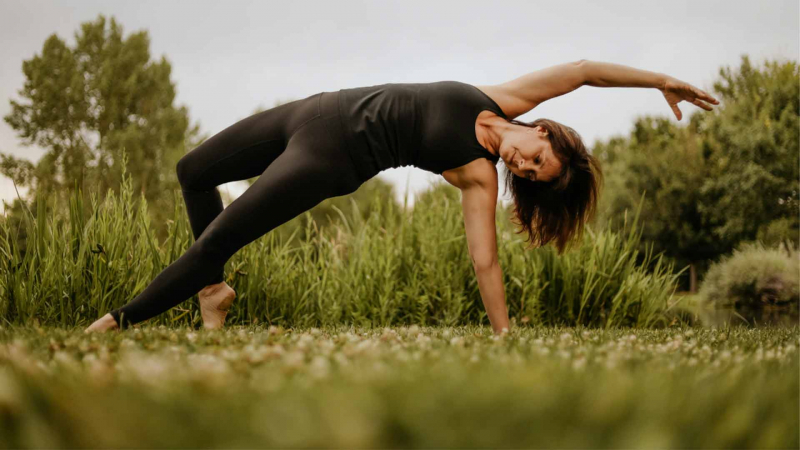
Source: clubgreenwood.com -
Dhyana is meditation. Many folks are nervous to begin meditating. They believe that a person can be good or bad at it. However, meditation is more a state that overcomes us, rather than something that you do. There have probably been times you were riding a bicycle or reading a book and you felt an immense sense of peace, clarity, and stillness. The truth is, you were meditating. You were fully engrossed in the present moment. Dhyana simply asks us to set aside time each day to invite meditation into our minds and hearts.
Another method to define Dhyana is to consider the root term 'Dhyayi,' which means 'to consider.' Dhyana, in this meaning, is a mental state that necessitates intense mental pondering or focus. However, it's important to remember that this level of mental depth can only be achieved via rigorous elemental practices. You can improve your chances of experiencing meditation by sitting in a quiet space and using pranayama, pratyahara, and dharana in unison.
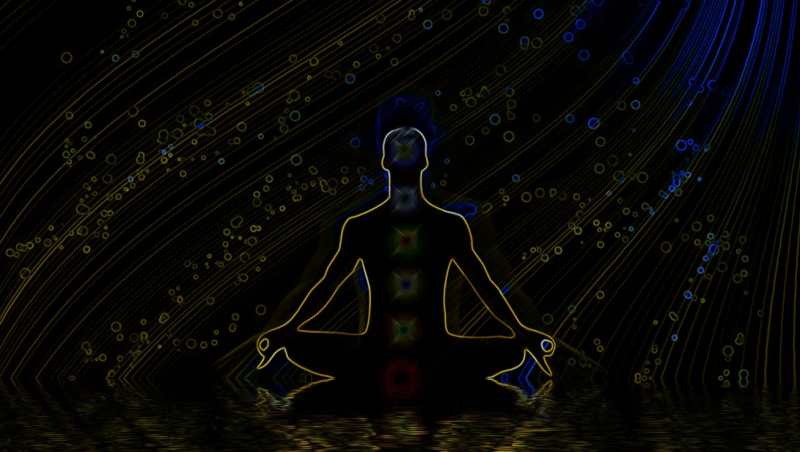
Source: unbornmind.com 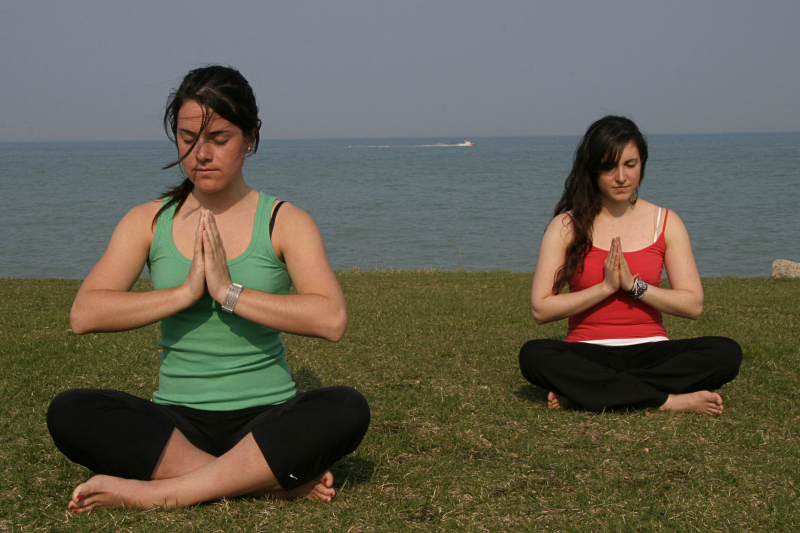
Source: https://viator.com/Things-To-Do/BookNow -
Samadhi is enlightenment. Samadhi is a joyful and serene state of mind in which the practitioner is no longer able to see or identify a separate sense of self from the process of meditation. Samadhi is unaffected by emotions like desire and rage because it has freed the self from ego and the illusion of separation. As a result, samadhi brings practitioners closer to their real Self while also uniting them with universal consciousness.
The journey of the eight limbs of yoga is meant to take us from doing-ness to being-ness. Once we have mastered all the former steps in the sutras, we are able to accomplish the most important facet of life that propels our spiritual journey forward: the ability to stay in the present moment indefinitely. This does not mean that yogis are meant to stay stagnant. However, yogis who have reached samadhi are detached from the past and future. When they perform an action, they do not dwell on the outcome. All is done with love, and all is done with full presence.
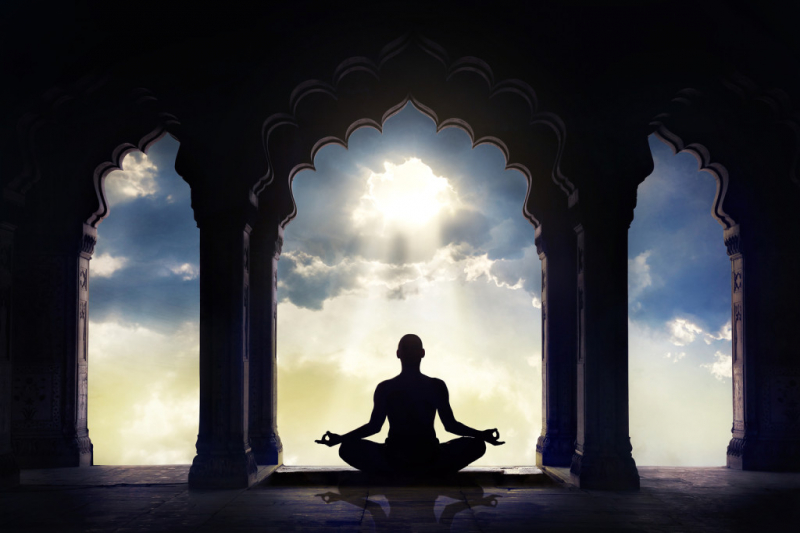
Source: intellectuallyfit.com 
Source: Pinterest





























